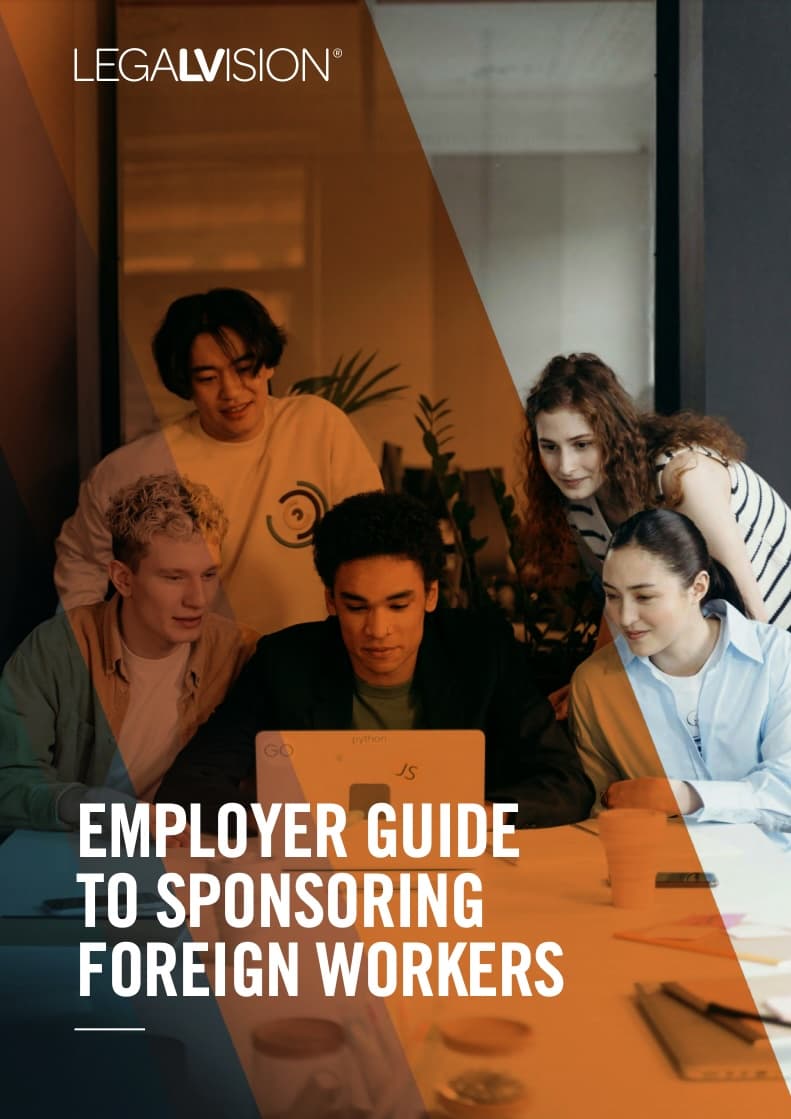After an unsuccessful appeal to the Administrative Appeals Tribunal (AAT), you can potentially seek Ministerial Intervention. This means that the Minister decides to step in and review your tribunal decision and provide a new assessment of your case. In doing so, the Minister considers the public interest and the overall best decision for the community. This article will discuss the eligibility, criteria and steps for making a Ministerial Intervention request. It also explores what happens afterwards.
Therefore, very few requests are successful. However, there are some instances where the Minister may be willing to step in and assess your case.
Am I Eligible to Request Ministerial Intervention?
You will need to meet all the following criteria to be eligible:
- have an unfavourable decision by a tribunal: the AAT, MRT, or RRT. For example, this could be an AAT decision to affirm a refusal or cancellation of your visa;
- be in Australia lawfully on a valid visa or bridging visa;
- not already have Ministerial intervention to grant this visa;
- have tribunal authorisation to review your decision;
- make your request within the stipulated time frame, typically 28 days from the tribunal decision; and
- not have your case remitted to the Department for reassessment or directive to grant your visa.
You will typically need to demonstrate that your circumstances are ‘unique and exceptional’ to justify reversing the Department’s or AAT’s decision. There are different ways to show that your circumstances are unique and exceptional. Below are examples of situations that may meet these requirements. Note, however, that this is not a comprehensive list.
| Strong and compassionate circumstances | Circumstances that, if not recognised, would result in serious, ongoing and irreversible harm and continuing hardship to an Australian citizen or an Australian family unit. Here, at least one family member must be an Australian citizen or permanent resident. |
| Compassionate circumstances | Circumstances regarding your age, health or psychological state. If these are not recognised, it will result in serious, ongoing, irreversible harm and continuing hardship. |
| Exceptional economic, scientific and cultural benefits | Situations where the individual will provide exceptional economic, scientific, cultural or other benefits if they can remain in Australia. |
| Unable to return to the country of citizenship | The individual cannot return to their country or countries of citizenship or usual residence due to circumstances outside their control. |
| Legislative Reasons | Circumstances not anticipated by relevant legislation or clearly unintended consequences of legislation. Similarly, an exceptional circumstance includes one where the application of relevant legislation leads to an unfair or unreasonable result. |
Importantly, you must know whether your situation is deemed ‘inappropriate to consider.’ There are many situations that are inappropriate to consider. However, some common examples include where:
- you are in Australia unlawfully;
- you have someone irrelevant apply for your request (that is, not you or your representative);
- your visa was refused because you did not comply with your visa conditions;
- you have another main visa processing;
- you have another tribunal review or ministerial request processing;
- you have applied for a partner visa, and this was refused;
- your visa was refused or cancelled on issues with your character (e.g., criminal concerns); or
- your Bridging Visa E was refused.
Additionally, you must be aware that if this is a repeat request, it is even more difficult to be successful at this stage. Accordingly, you must provide a strong case for significant changes in your circumstances since your last request.

Sponsoring overseas workers as an Australian business is complicated. Let us simplify it for you with this free employer guide.
What is Involved In Making a Request?
If you feel that you have a strong case, you can proceed to make a request to the Minister. Accordingly, you should speak with a lawyer or migration agent to obtain advice if you are unsure of your eligibility, prospects or processes.
You or your representative, a lawyer/migration agent, can write to the Minister by post or email to request this. You can also contact the Minister, however, we recommend it is best to submit a direct application instead.
In your request, you must detail the relevant applicants and details of the decision you are seeking a review of. You will need to include a submission that strongly details the whole situation, including the following:
- your circumstances and reasons for the request;
- how your situation is unique and exceptional;
- any character or security concerns (e.g. if you have issues such as holding a prior criminal record, you will need to address this);
- any factors impacting your removal from the country;
- whether this is a repeat request and, if so, what has changed for you since the last request;
- impacted relationships on Australian citizens/permanent residents;
- your educational and employment participation in Australia; and
- any other details you or your lawyer consider relevant.
Furthermore, you must provide all relevant and certified documentation with this request, including identity documents, tribunal decision documents, and documents to support your case. For example, these may include medical documents and statutory declarations. Documents need to be in English and, if translated, must be NAATI certified.
Continue reading this article below the formWhat Happens After I Submit a Request?
Processing times can vary significantly depending on the nature and complexity of the case. In most cases, the process can take over 12-18 months. Generally, the Minister is not subject to any specific timeframes. Furthermore, you must be active and cooperative if asked for further documentation or information.
Once you make your request, ensure that you remain in Australia lawfully. Otherwise, you risk the Minister finalising your request without proper assessment if you:
- remain in the country unlawfully, or
- have a Ministerial request processing but leave Australia without a valid visa to return.
The Minister will inform you and your representative of your outcome in writing. If the Minister chooses to intervene, they may replace the tribunal’s decision with their own, which could be more favourable to you.
Alternatively, if you are unsuccessful and do not have any other visa application processing, you will need to leave Australia as soon as possible.
Key Takeaways
You can request ministerial intervention if you have a decision from the Administrative Appeals Tribunal that you wish for the Minster to review. The key factors are to showcase that you meet the eligibility criteria and that your circumstances are unique and exceptional. Furthermore, you must provide full information and documentation to support your case. Once you submit a request, you need to be patient for a response and cooperate with any queries.
If you need help applying for ministerial intervention, our experienced immigration lawyers can assist as part of our LegalVision membership. For a low monthly fee, you will have unlimited access to lawyers to answer your questions and draft and review your documents. Call us today on 1300 544 755 or visit our membership page.
Frequently Asked Questions
If you have a decision from a tribunal, you can request the Minister to intervene in your case and review your decision. However, you must be eligible to do so and showcase that you have unique and exceptional circumstances to justify the Minister reviewing your case.
If you believe you meet the criteria, you can write to the Minister through email or post requesting the Minister to intervene. You must provide all the relevant information, including your reasoning and all supporting documentation.
We appreciate your feedback – your submission has been successfully received.











